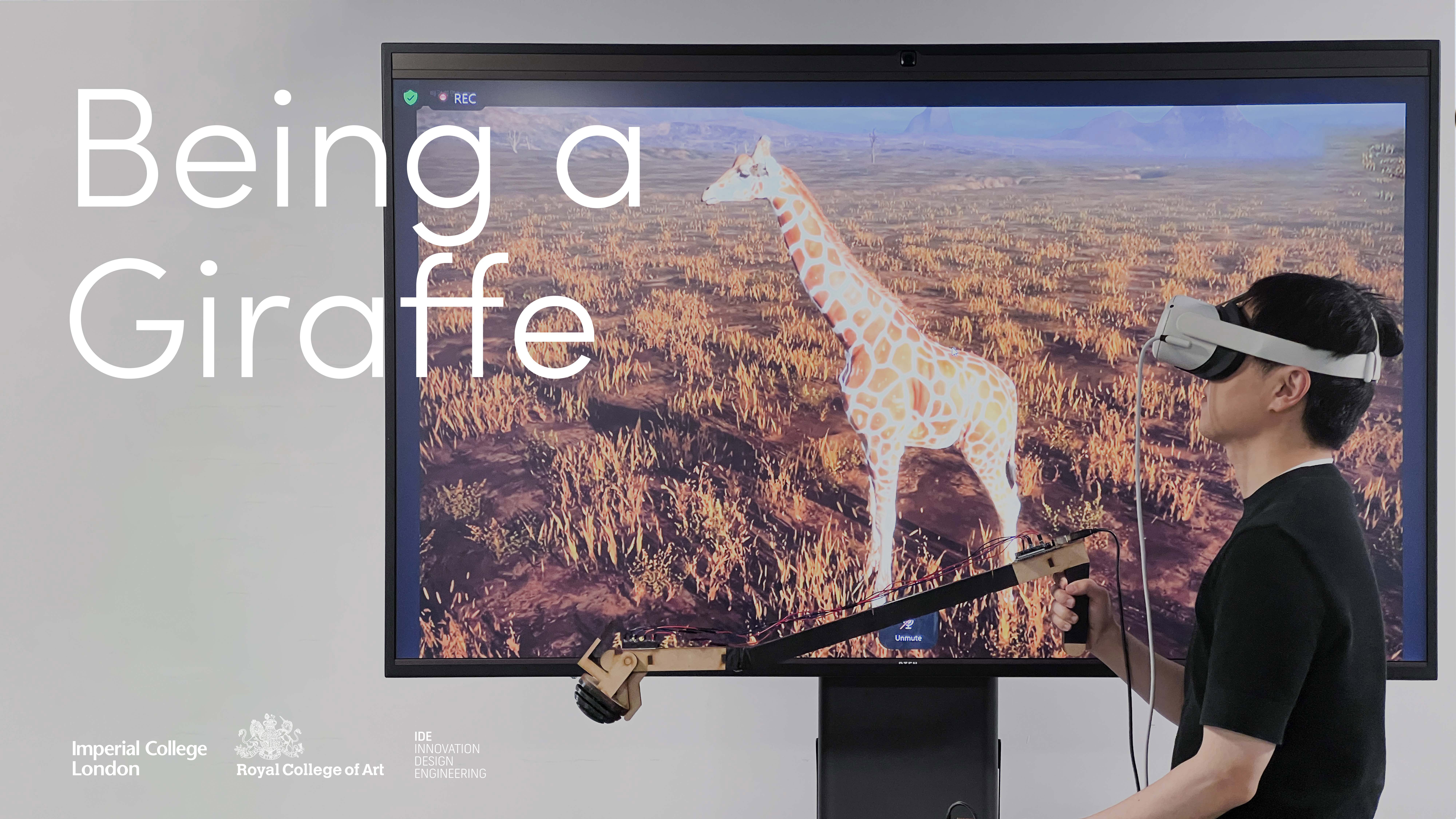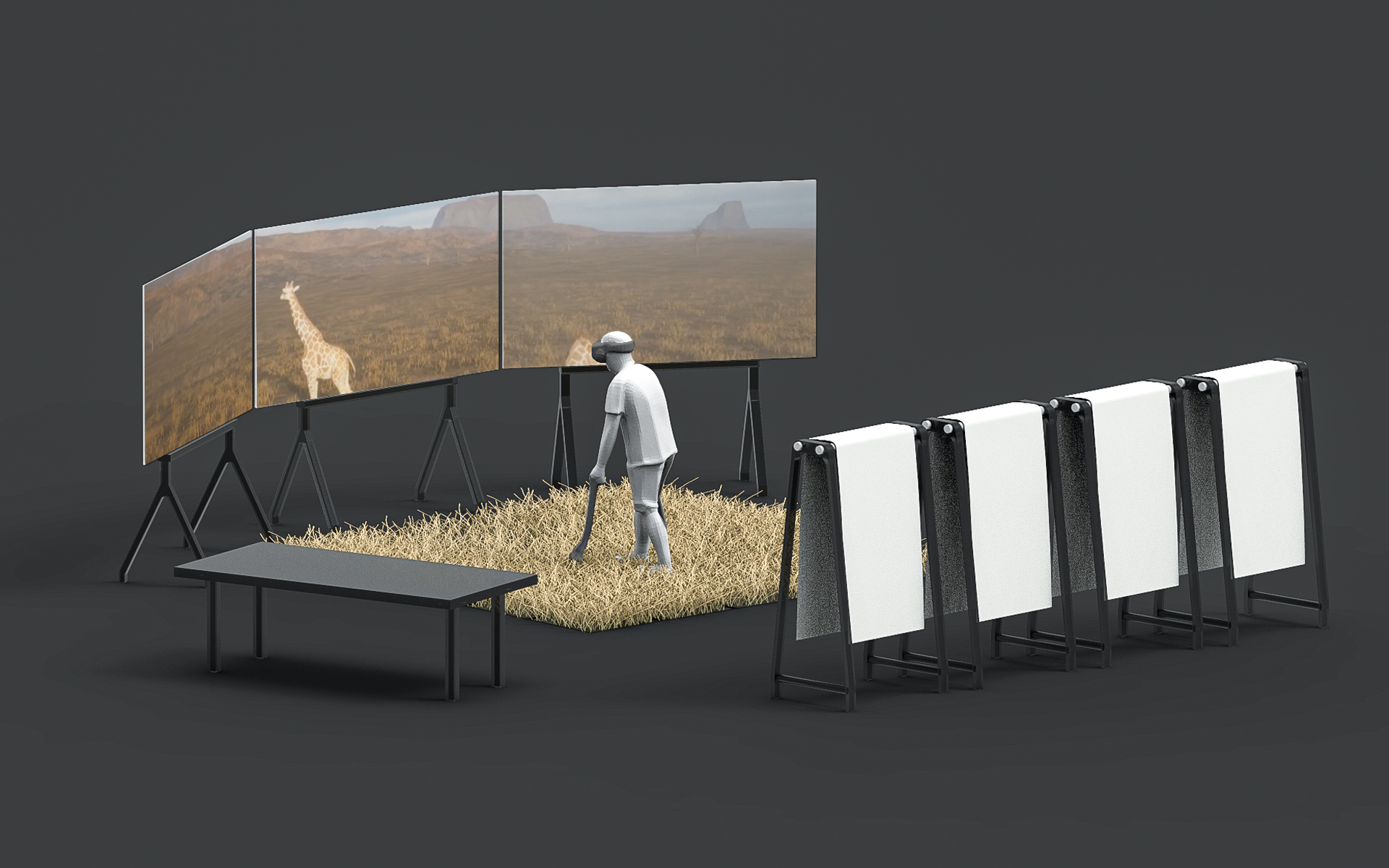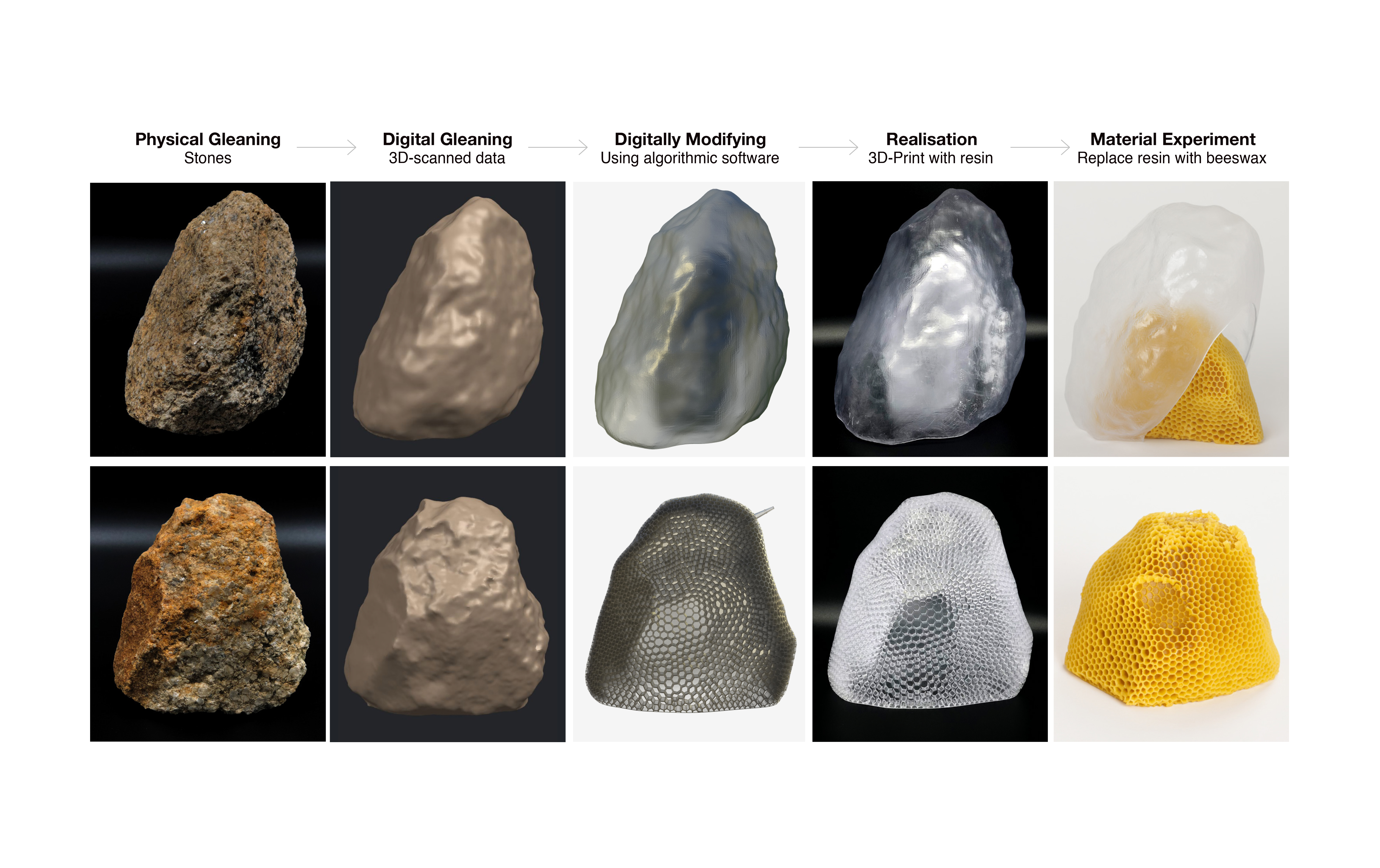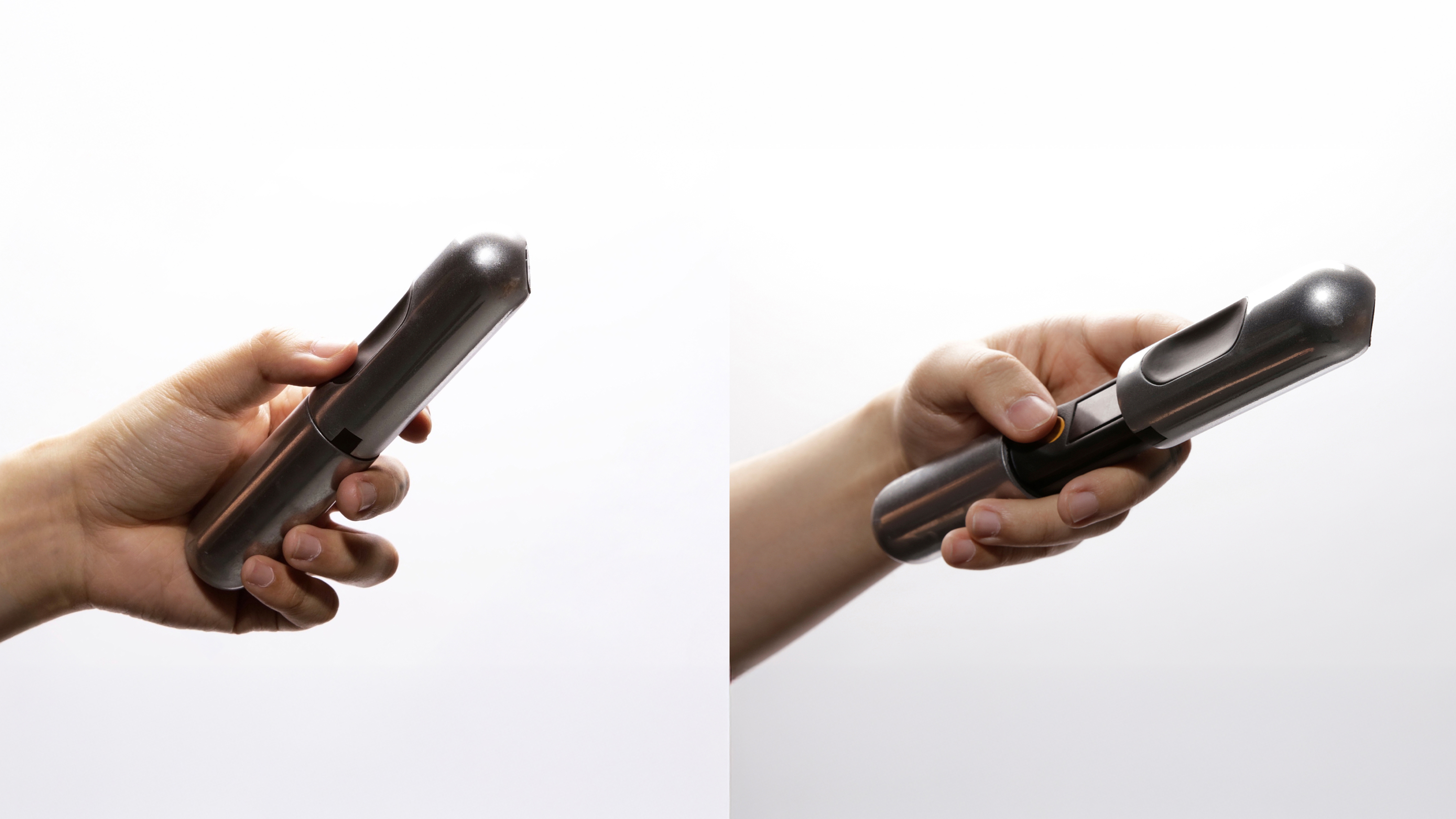EarthCode
A decentralized system that democratizes the carbon offset market by allowing private forest owners to contribute to climate action
watch a video ︎
1st Prize - Dezeen x Bentley Start Something Powerful Award
Shortlist - D&AD 2025 - Future Impact
Finalist - WIRED CREATIVE HACK AWARD 2024
InnovationRCA's LaunchPad Programme 2024
EarthCode democratizes the carbon offset market using a decentralized, low-power LiDAR scanner to create tamper-proof codes for each tree. The transparent system enhances carbon credit credibility, enabling private forest owner to contribute to climate action.





BranchLink
3D printed PLA scaffolding to connect tree branches, forming a novel interface between natural resources and digital-based artefacts.
3D printed PLA scaffolding to connect tree branches, forming a novel interface between natural resources and digital-based artefacts.
BranchLink innovatively merges natural elements and digital technology by creating unique multi-connected structures using 3D printed PLA scaffolds and discarded tree branches.





Being a Giraffe
A VR kit with controllers that transforms zoo visits into interactive conservation education, enhancing empathy and understanding of giraffes and ecosystems.
watch a video ︎
2024 Innovate UK Immersive Tech Awards - Best Technical Innovation
2023 Exhibition at HSBC HQ London
A VR kit with controllers that transforms zoo visits into interactive conservation education, enhancing empathy and understanding of giraffes and ecosystems.
watch a video ︎
2024 Innovate UK Immersive Tech Awards - Best Technical Innovation
2023 Exhibition at HSBC HQ London
Being a Giraffe integrates advanced VR technology with a physical controller designed to simulate the experience of being a giraffe. The system creates a realistic African savannah environment where users, equipped with VR headsets and a giraffe-like controller, navigate through life-like challenges. These challenges include foraging and interacting with the ecosystem, all designed to provide an immersive, multi-sensory educational experience




NovaHive
A digitally-gleaned, beeswax beehive designed for sustainable bee protection and research
GRAND PRIZE WINNER - KOREA+SWEDEN YOUNG DESIGN AWARD 2021
2022 Renovators Shortlist Award from OPPO
20.09.22-25.09.22 20th London Design Festival
OPPO Renovators 2022-Emerging Artists Project, Cromwell Place Lavery Studio, London
08.10.21-10.10.21 Design Korea 2021-Korea+Sweden Young Design Award, Seoul
NovaHive is a speculative design project that combines natural and digital techniques to create a protective, research-oriented beehive. This stone-shaped beehive, constructed using a two-layer structure, leverages beeswax for the inner honeycomb and translucent resin for the outer shield.





PERA HEALTH LTD.
Maria Asif
Hanju Seo
Sven Winkler von Stiernhielm
Alexander Spencer
The world’s first smart health assistant for people with bowel incontinence.
Winner - The Helen Hamlyn Award for Creativity & The Northumbrian Water Award for Inclusive Innovation 2024
Third Prize - WE Innovate 2024, the women-led start-up accelerator run by Imperial Enterprise Lab.
Maria Asif
Hanju Seo
Sven Winkler von Stiernhielm
Alexander Spencer
The world’s first smart health assistant for people with bowel incontinence.
Winner - The Helen Hamlyn Award for Creativity & The Northumbrian Water Award for Inclusive Innovation 2024
Third Prize - WE Innovate 2024, the women-led start-up accelerator run by Imperial Enterprise Lab.
Pera is a non-invasive-wearable device that tracks digestion for people with bowel incontinence. The device discreetly adheres with a patch to a user’s lower tummy and analyses bowel sound activity in real-time. It offers real-time continuous monitoring that can predict passing stool 40 minutes in advance to prevent accidents.






